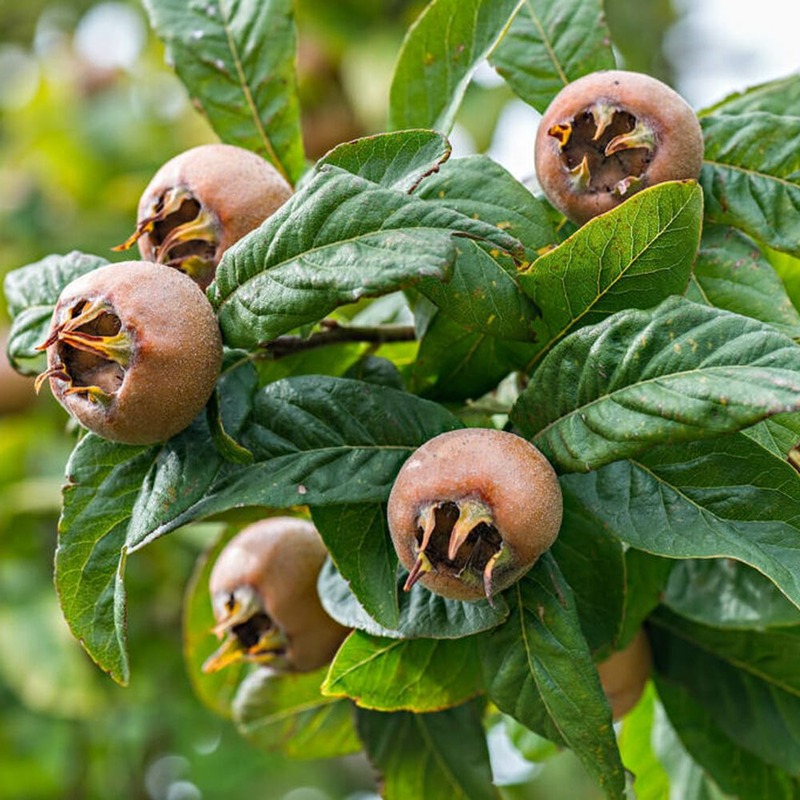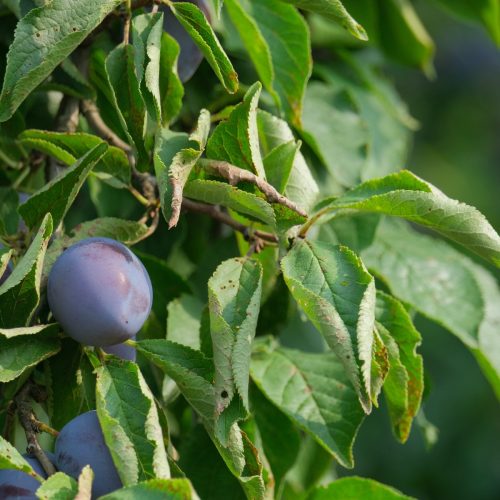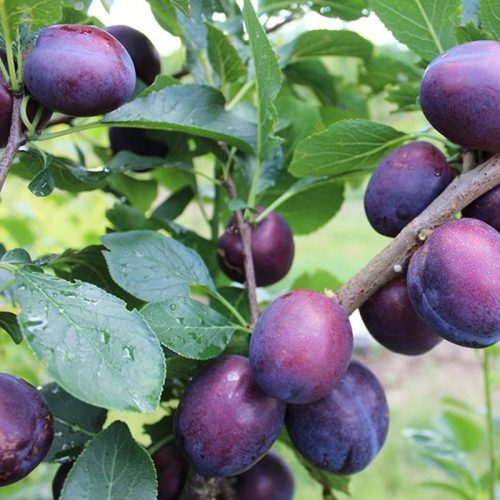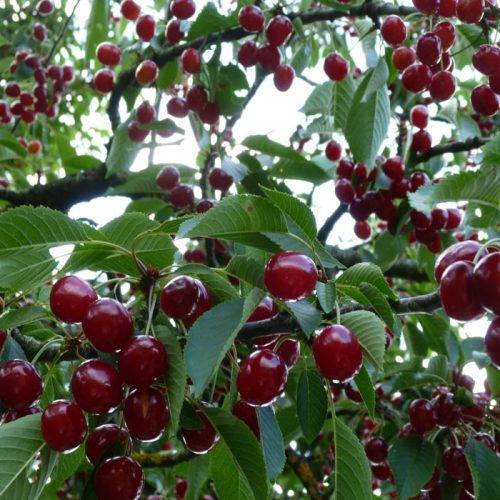Description
Medlars are native to Southwest Asia, the Black Sea region and the Eastern Mediterranean. They were cultivated by both Greeks and Romans, and eventually spread throughout much of western, southern and central europe. They were popular in southern Britain in medieval times. The flavour is described by Martin Crawford of the Agroforestry Research Trust as ‘somewhere between a date and an apple’. Good bee plant (flowers in May).
Although most varieties of medlar are regarded as self-fertile and should produce fruit when planted as a single tree, yields may be better when several varieties are planted together. When grown from seedlings, medlars are adaptable to a wide range of soils. However, named varieties grafted onto rootstocks are only as adaptable as the rootstock (typically Quince A). For this reason it is recommended they are planted in deep, well drained and fertile soil, preferably in a sheltered sunny location.




